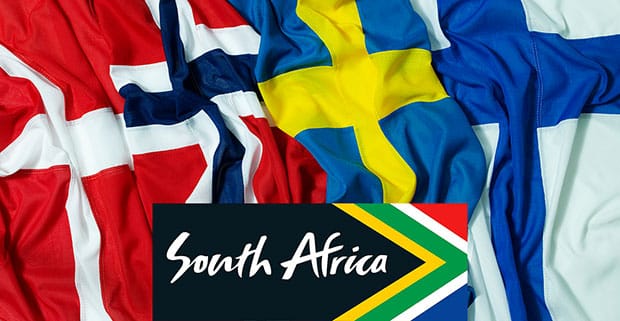3 Keys to Unlock Customer Experience in Travel
There’s a fine line in cultivating loyal customers – it’s an ongoing effort that ensures that the relationship is constantly developing. No brand can afford to let the standards drop once the relationship exists. Sure, your customers may change in terms of their preferences, but if you’re not paying attention to their preferences, then you will be the one losing out.
The brand-customer relationship is a complex one; in contemporary marketing, it’s developed by data analytics, and to a large degree, relationship marketing tools such as loyalty programmes. The question is, how relevant are these programmes to the local consumer?
Three keys
Data-driven relationship marketing, personalisation and listening to your customers are keys central to unlocking the success of a loyalty programme; our loyalty programmes are poised to deliver that kind of personalisation that gets results.
Back in 1984, we rolled out South Africa’s first loyalty programme, Prokard Explorer. In those days, it was the equivalent of a clip card that you had to physically carry around with you to record your activity and reap the benefits. The data around your activity wasn’t stored – it was simply a case of whipping out your card when at the hotel. Sure, we sent members their snail mail promotional literature, but those were the days when post boxes bulged with direct mail drops. You could call them the progenitors of the spam folder of your inbox. “Delete all” simply meant walking across to your bin and transferring all the unopened envelopes. The loyalty programme marketing system could have died right there, but it didn’t. With the advent of digital, loyalty programmes have come to define business-to-customer relationships across a variety of industries.
Data-driven relationship marketing
Without wanting to reduce our valued business-to-customer relationship, data analytics has prompted a marketing evolution that is astounding. What we attempted, back in the day, through snail mail and landline calls is now realised. We have what is close to a single view for the customer through online activities that can provide us with intensely -personalized marketing opportunities allowing them to reach our brands directly, on their devices with a touch of a finger.
It’s more than just sending a happy birthday email, we can offer targeted marketing campaigns that reach our audience at times they’re most likely to respond, with products they’ll most appreciate. Instead of having to rely on holding thumbs that our letters will get delivered on time, we know we are speaking to our brand advocates in a language that they understand.
In hospitality, purchasing patterns are varied. Business travellers may want mid-week stays once a month, while leisure travellers may have one long break per year, and possibly a couple of sneaky weekends here and there. Ours is the long haul game.
The is the game that centres around building loyalty and nurturing an emotional connection between the brand and the customer. It’s not simply about achieving consistent bottom line advancements, but it hinges on customer or guest experiences based on their preferences.
We’ve come to realise that this takes place across a multi-channel interaction: from the telephone, email, online, SMS, chat, on-site communication and face-to-face, the same levels of service must reflect a seamlessly mirrored experience. The long game means that customers may get to know you across different platforms – is your brand voice authentic and consistent and reflected in a way that shows your customers you care?
The advent of social media has afforded the opportunity for you to speak directly with the people you used to collectively refer to as your market. No longer is your market limited to demographics, it’s now real people with names, faces and opinions. If your brand is seeking to develop customer loyalty, you now have access to immense amounts of information about who your customer is.
Know your customer
Essentially, loyalty programmes are better placed than ever to reach the right person at the right time. What this translates into is a competitive marketplace that isn’t just relying on volumes of marketing, but is based on the quality of marketing: how well do you know your customer? Are your data analytics metrics up to scratch? A smaller company with fantastic data analytics metrics will be familiar with their customers, but data-driven insights offer personalisation at size and scale for larger enterprises. This means that larger companies don’t have to rely on shotgun campaigns, marketing can be targeted and specific.
Scaling out campaigns according to growth is essential, no matter how big you are, you still need to listen to the individual, personalisation is the key to delivering a special, memorable experience, and technology is the enabler that allows this to take place. The concept of a mass market must be a market that’s acknowledged as being made up of individuals. Your customers take ownership of your brand, so it’s imperative to offer them individual recognition.
Respect is something you can develop; in snail mail days, letters had an element of personalisation, but that rapidly became meaningless as more companies adopted direct mail campaigns. Your audience, according to marketing compliance, has agreed to be your audience – you are preaching to the converted, so let your voice speak the words they need and want to hear. A loyalty programme is a privileged space to engage with your brand community – make sure you do so in ways that reflect this invitation.





